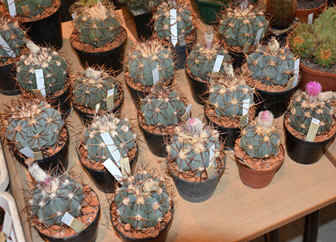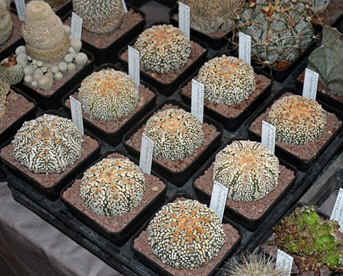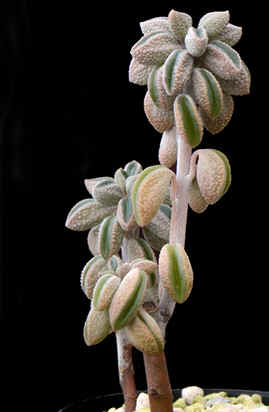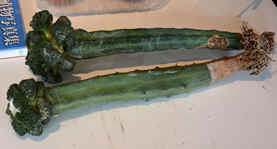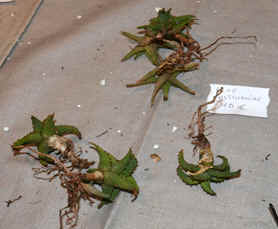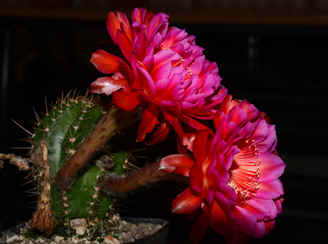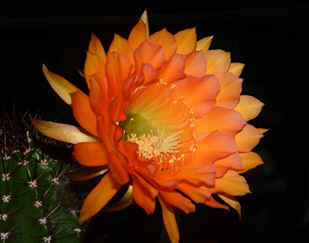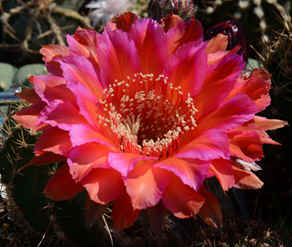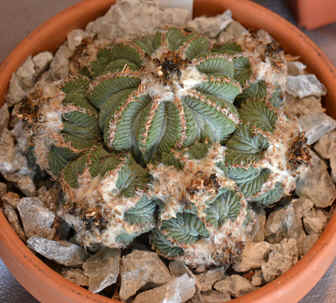
Mid
September saw me fulfil an ambition to find out what they do at ELK. I
always thought it was Elk and couldn’t think what this had in common
with cacti. Of course you all know it stands for Europäische Länderkonferenz,
(European Countries Conference), which is why they call it ELK.
Strangely
the conference is free, as is entrance to the plant and sundries sales.
You only pay for the accommodation and food and can make your own
arrangements, some save Euros for plants by camping. I understand that
most people go to buy plants and there is a fantastic array on sale; new
species, rare species, instant show winners, irresistible bargains and the
opposite.
I
started at 1am, yes just after midnight, to catch the dawn ferry with Ian
to Dunkirk. Do not think that the ELK experience is easy. On our arrival
at Blankenberge in Belgium we had a few hours to wait for the sales to
open, a chance to have lunch and meet up with fellow British ELKers. Funny
how they are the same people who I meet at all the major BCSS events.
Then
the sales areas were open and the fun began. There were three separate
sales areas with around 120 growers from all over Europe, as well as
nurseries from Japan and Réunion, the little island near Madagascar.
I did not really want to buy plants, my greenhouses are full, but there were so many interesting species at very reasonable prices I naturally had my head in the trough.
So
what did I buy? Well, why buy one Faucaria
tigrina
when I could have 31 seedlings, prick them out, and have some spares.
(They made two panfuls so this didn’t help with the crowding.) I did buy
a single big Faucaria
tuberculosa
just like the one I killed a few years back. Likewise several Lithops
species; the seedlings did not look very ‘pure’ but I am getting less
fussy these days and just pick out the pretty ones for myself. And the
spare dorotheae
will always make attractive stoneplants for the public. I declined
approximately 200 flowering size Lophophora
diffusa
var. kohresii
in a large seed tray at just over £1 each. It’s the space you know!
Fantastic
ELK plants (at a price)
Top:
Aztekium
ritteri (just
£580)
Middle:
Echinocactus
horizonthalonius (around
£40)
Bottom: New Astrophytum asterias cultivars (£20)
